Curry w/ Thai Chilis, Broccoli, Squash, & Guinness
It's supposed to maybe snow for the first time this season tomorrow. And, when the weather turns? I start to crave a nice hot soup! I have been thinking about either a beer cheese soup or curry. Not to be dissuaded from either, I decided to combine the two in what's turned out to be an absolutely phenomenal idea! This Guinness Curry combines the broccoli and beer quintessential to beer cheese soup and Thai chilis and coconut milk from a more classic Thai curry. With a few potatoes, carrots, and a few sweet and savory spices. I didn't end up adding any cheese to this dish today. Although you can always sprinkle a little bit of cheese instead of or in addition to the of the sprouts.
This may be the first curry that I've made of the winter season, but it certainly did not disappoint! Weeks after I'd eaten all of it, I was still craving more and may make another batch during the upcoming holidays. There's something about a nice warm curry on a cold winter's day that just hits the spot like absolutely nothing else can. Soups and curries in general are a great opportunity to utilize the produce that you have on hand or to fit your own personal culinary taste.
Gallery
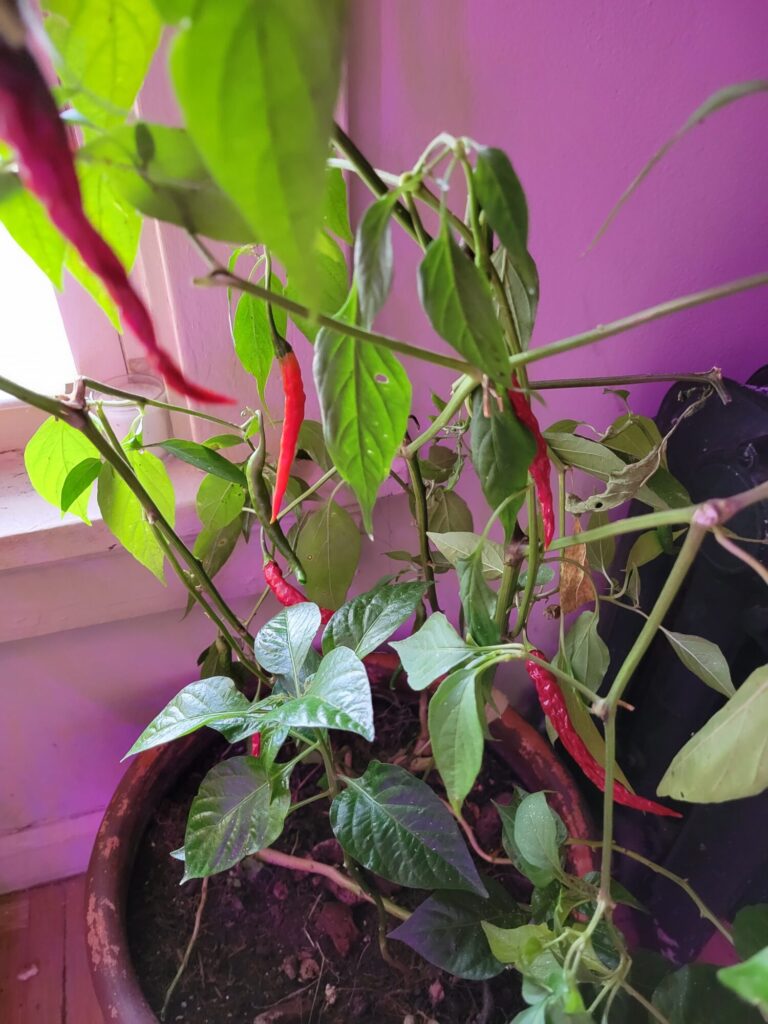
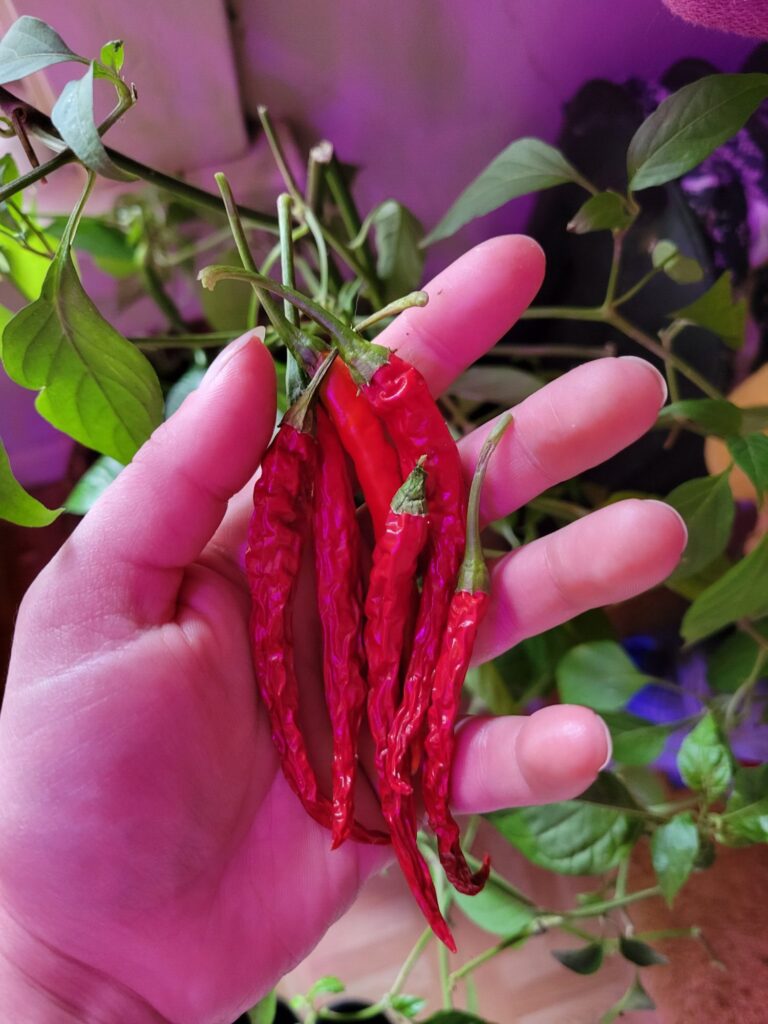
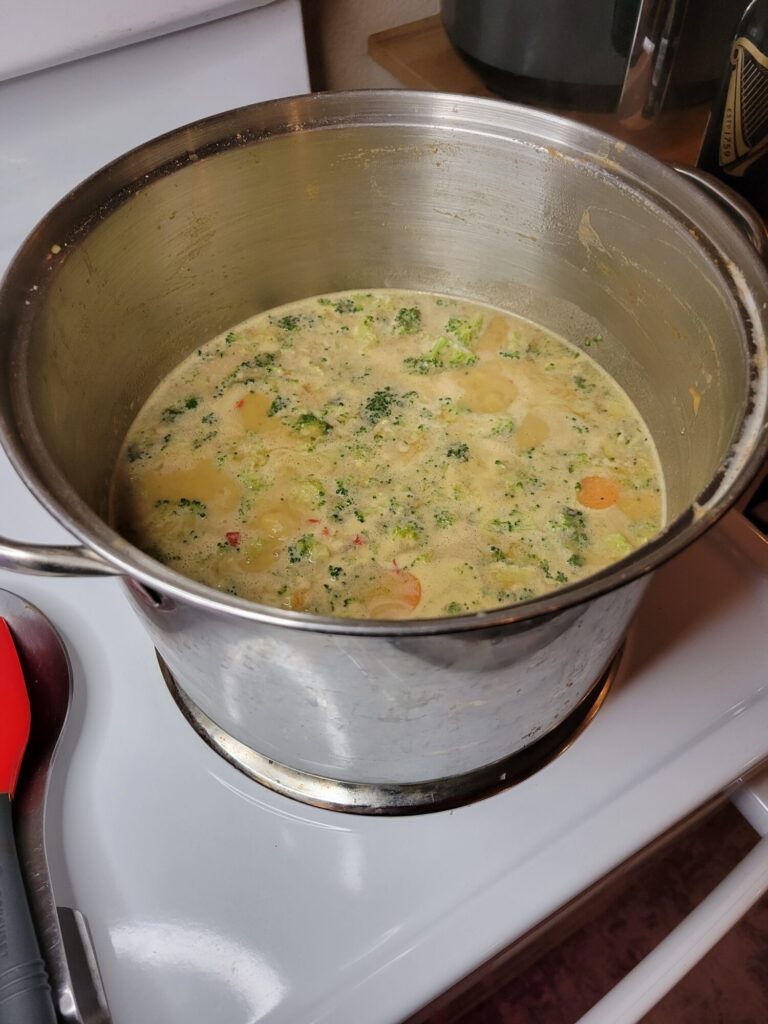
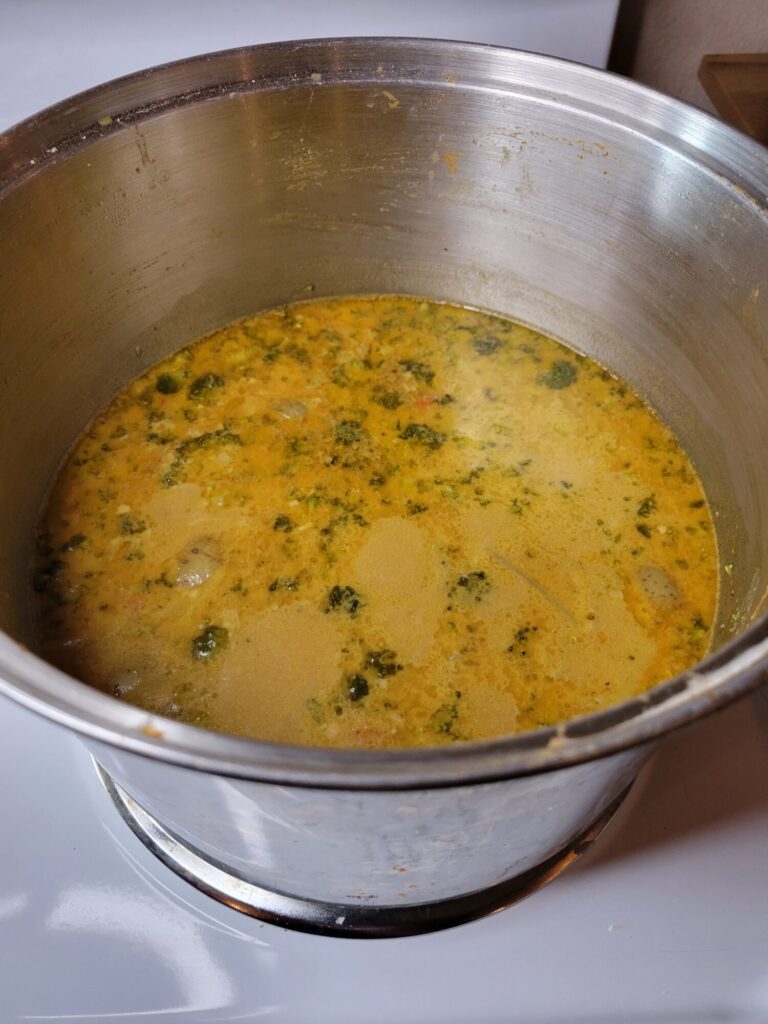
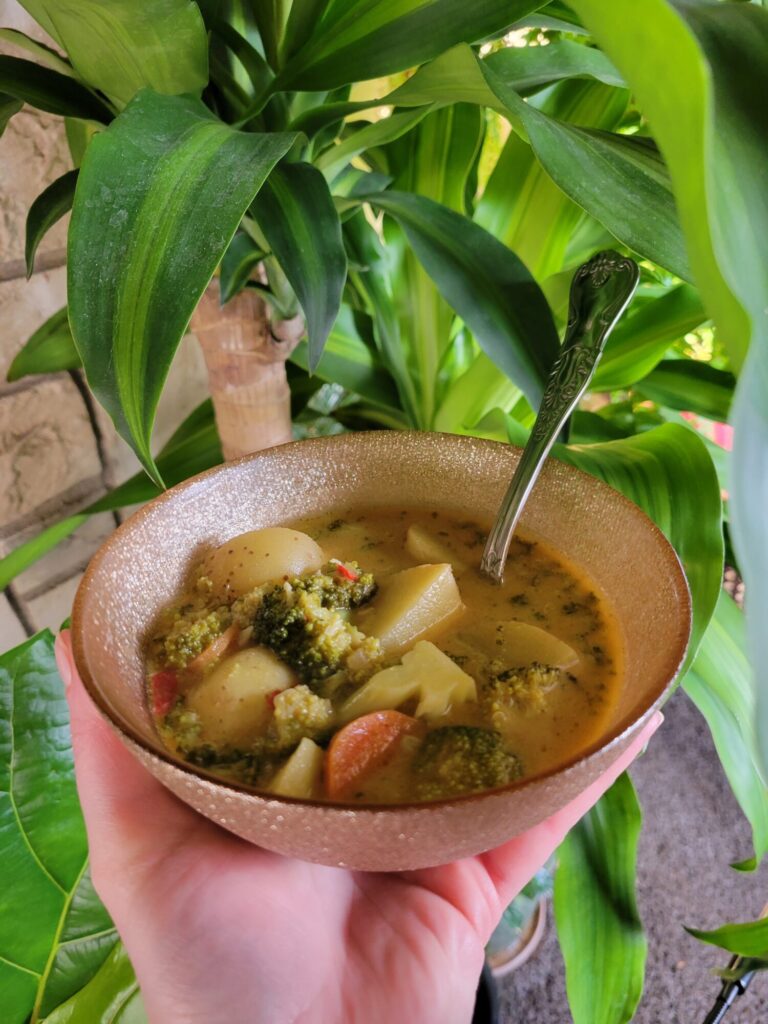
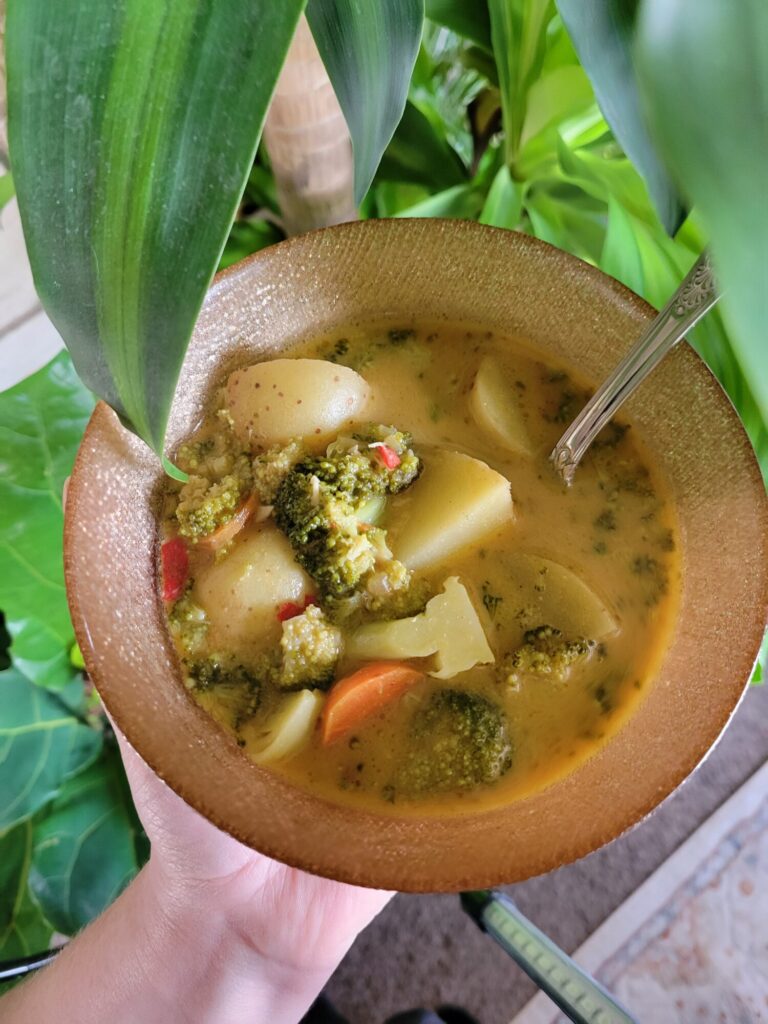
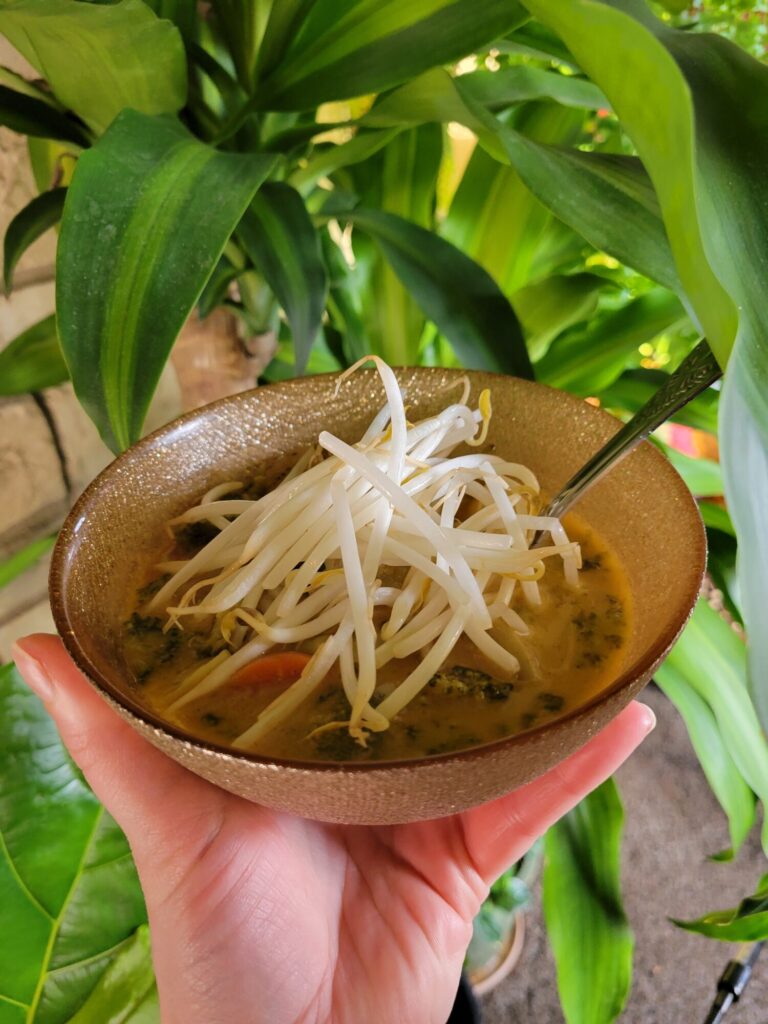
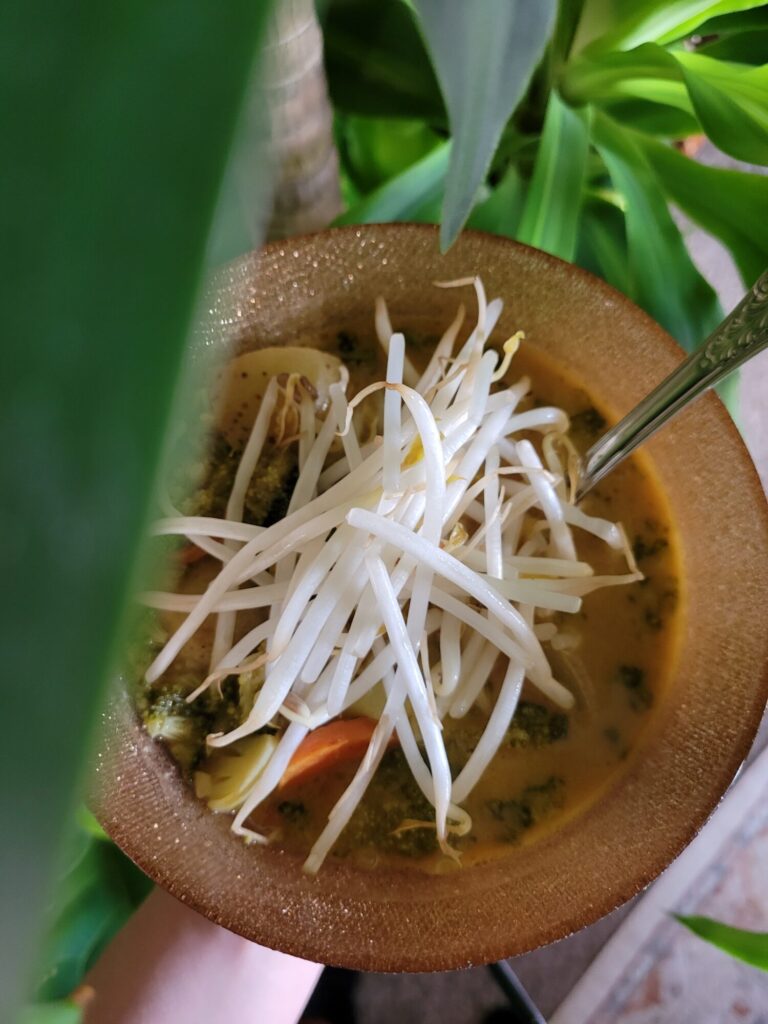
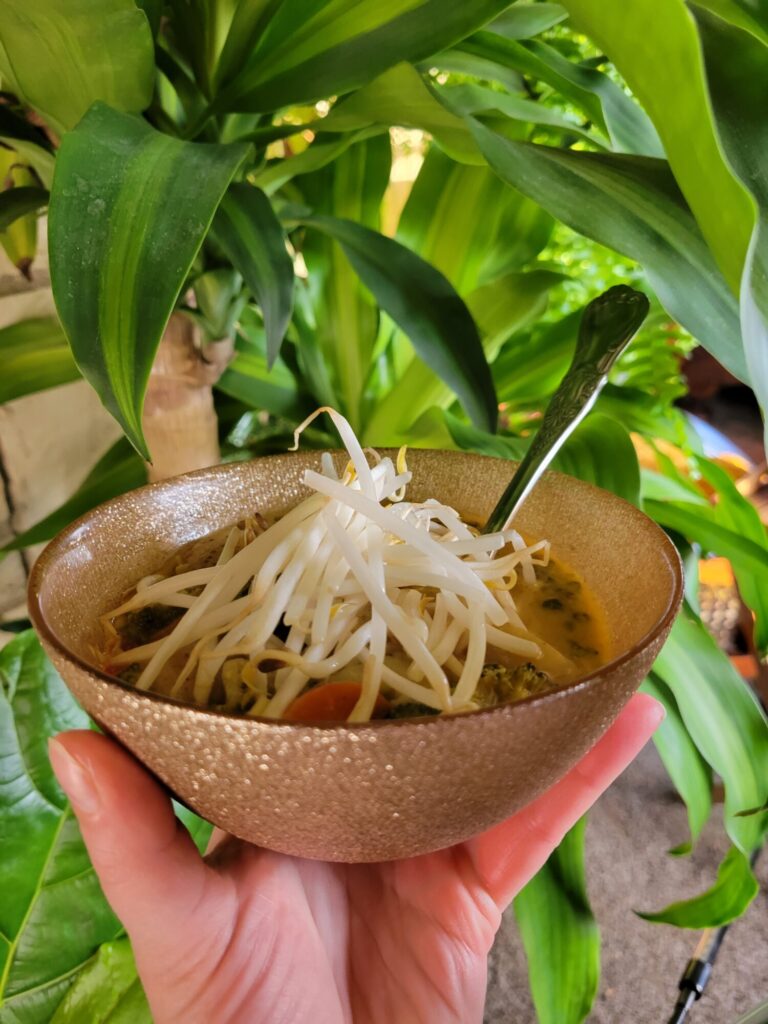
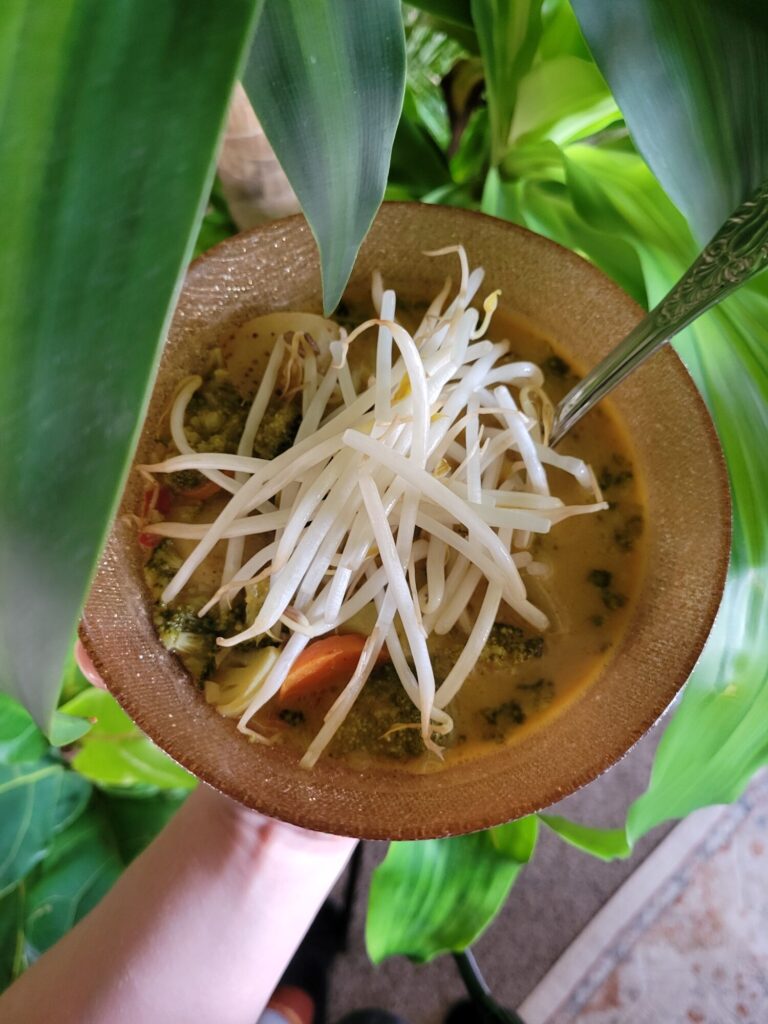
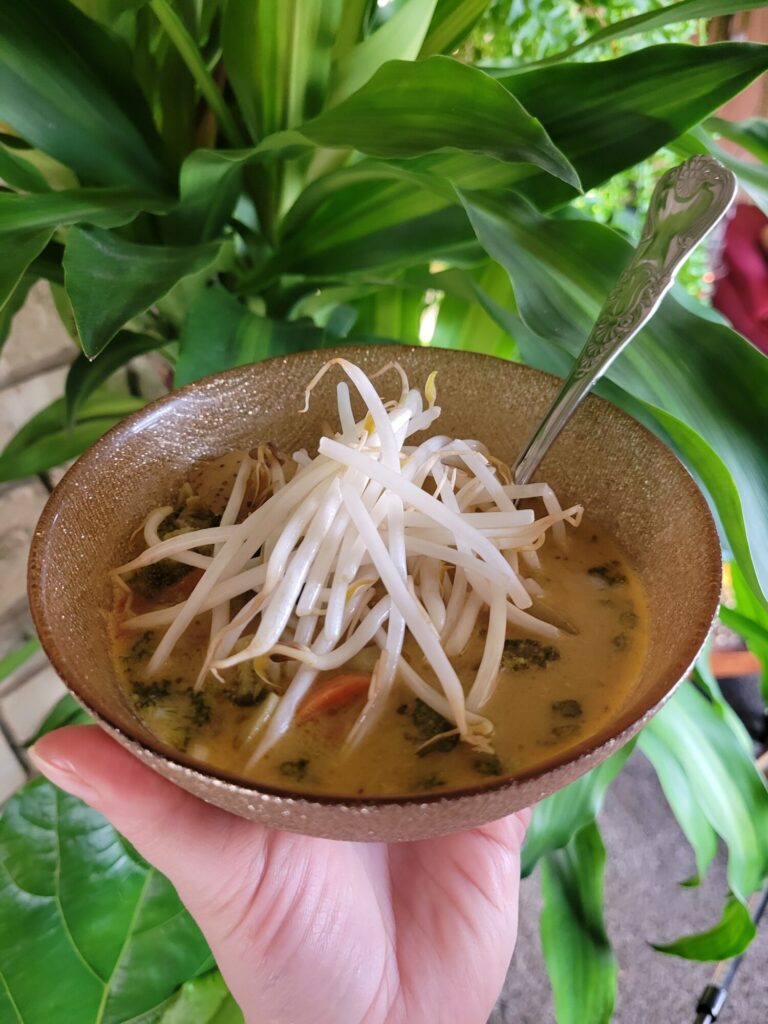
Variations of Guinness Curry
Curry is a comfort food of mine. And what else is more comforting than a nice glass of beer? So, combining the two of them together was bound to happen eventually! Although this might not be the most traditional of things to combine in a recipe together, I am a big fan of pulling in seemingly disparate ingredients and making it work. I'm constantly dabbling in different types of squash and pumpkins do to precisely this in all sorts of curry variations.
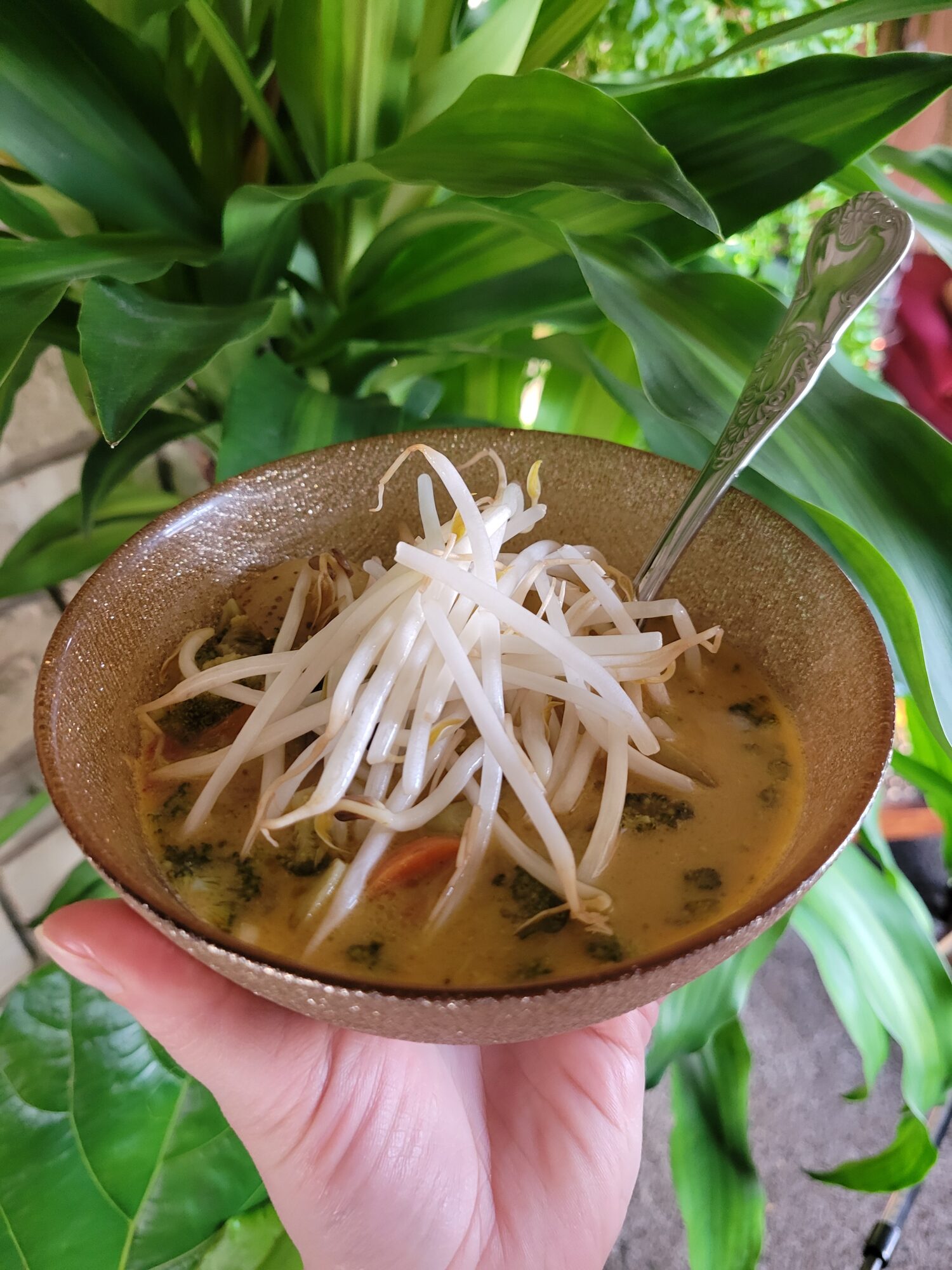
Curry w/ Thai Chilis, Broccoli, Squash, & Guinness
Equipment
- Large Pot
- Stovetop
Ingredients
- 1 c. blue hubbard squash roasted & puréed
- 6 Thai chilis minced
- 1 shallot minced
- 3 cloves garlic
- 1 tbsp. ginger
- 2 carrots diced
- 1 lbs. yokon gold potatoes diced
- 1 Guinness 12 oz.
- 2 cans coconut milk
- dash nutmeg
- dash cumin
- dash coriander
- dash cayenne pepper
- dash salt
- dash pepper
- handfull sprouts
Instructions
Prepare Ingredients
- I used Roasted Blue Hubbard Squash in this recipe. This takes a couple of hours and requires aluminum foil and a baking dish. I am a big fan of ambercup squash. It's a medium-sized variety with dense flesh and a lot of flavor. You can easily substitute butternut squash, pie pumpkin, or other gourd of choice.
Curry
- Add all of the ingredients, except for the sprouts, to a large pot.
- Simmer for at least 2-4 hours. You want the liquid to reduce in half. If it’s reducing too quickly, add water and turn down the temperature. If it isn’t reducing fast enough, bring to a boil again and reduce to a slightly higher temperature.The longer that you cook, the more the flavors will permeate the ingredients, so simmering at a lower temperature for longer is always an option. I’ll sometimes lower the temperature to a very light simmer and pretty much leave it be for 6-8 hours.
- Serve either immediately or the next day.Curry will continue to the absorb the spices the more time passes. It’s one of those dishes that I like to make ahead of time because it often tastes better after the flavors have had time to set overnight.
Tips, Tricks, & Notes
- To make the curry spicier, put more hot peppers when you cook the squash and lentils. Peppers added in the beginning stage will have a slower, more robust flavor that permeates through the dish. Peppers added towards the end of the cooking process will have more of a kick in the teeth, mouth burn.
- If the curry absorb too much moisture, you may need to add more water. This is to taste. I tend to like a thicker curry with larger chunks, much like a thick stew. If you’re in the other camp that likes a more liquid curry, don’t hesitate to add more water. If you’re unsure, taste periodically and adjust to what you like. You can always add more water, even after you’re done cooking entirely, to lighten it up. The curry will thicken more as it cools and overnight.
- Do you need to sauté the produce? A lot of curry recipes want you to sauté or otherwise cook vegetables beforehand. The first direction is typically, “sauté onions and peppers in oil on the stove.” I tend not to do this because it tends to mean adding oil to the curry. Since you’re simmering down for several hours, the natural oils in the vegetables that you use will separate. This will create a film of oil on top of the curry. Some people like this. It can also be an indicator of how spicy a curry is sometimes because the more peppers that you use, the more oils will naturally leach out of them.
- I don’t tend to find oily curry appetizing, though! So, I try to minimize the amount of added oil is in the recipe. If you’ve ever had a soup or sauce that’s separated, you know what I’m talking about. The oil will separate and settle on the top because it’s less dense than water. It will be obvious if it’s a problem.
- If you do end up with too much oil, add an ice cube or a frozen metal ladle to draw out the oil. Then, just spoon it out until you have removed enough oil. Alternatively, if you refrigerate the curry, the oil will rise to the surface. This will create a semi-solid chunk on top and you can spoon it out. If there’s a lot of oil and it has solidified enough, you can sometimes just pick up the layer with your fingers and remove it this way.
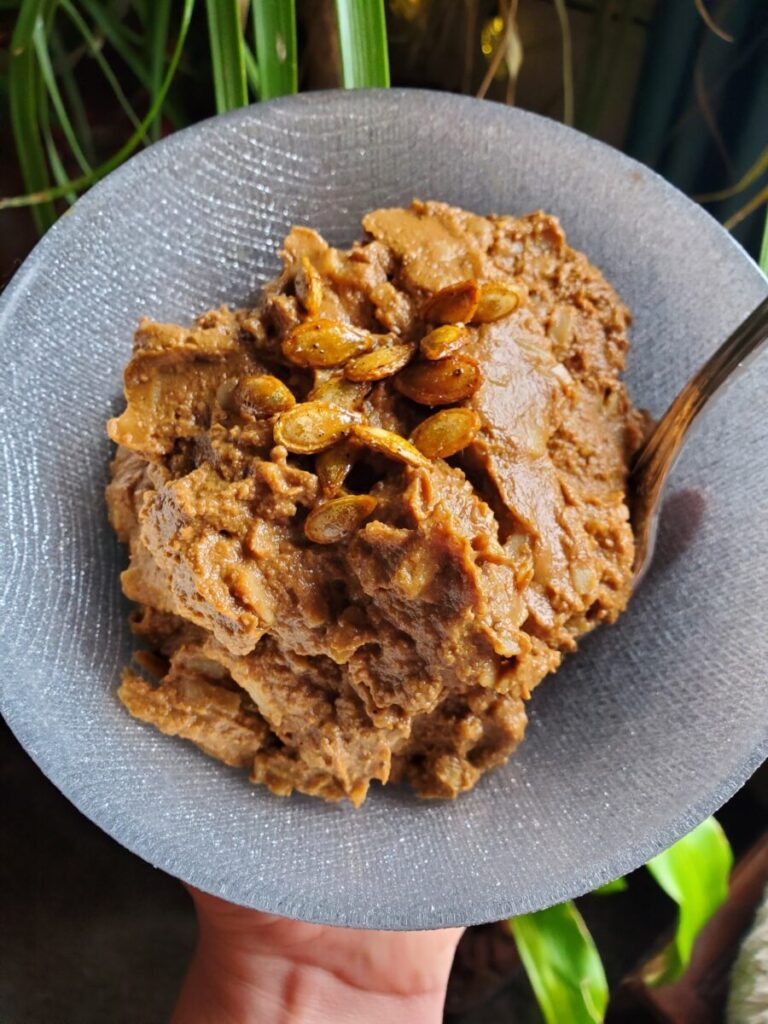
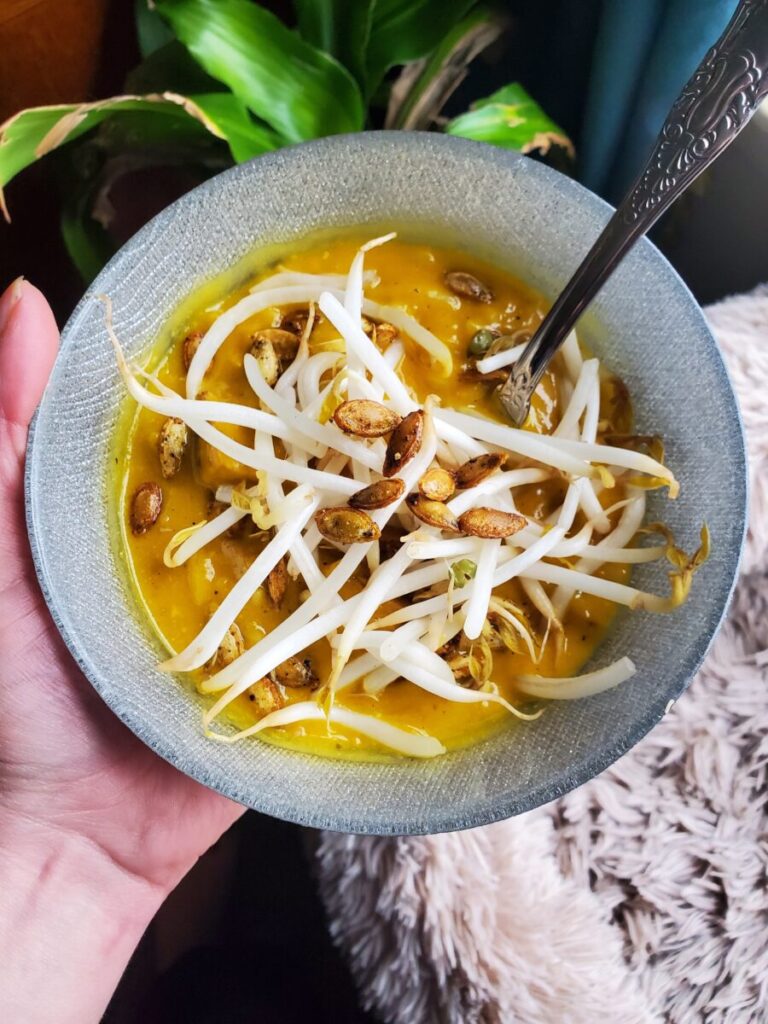
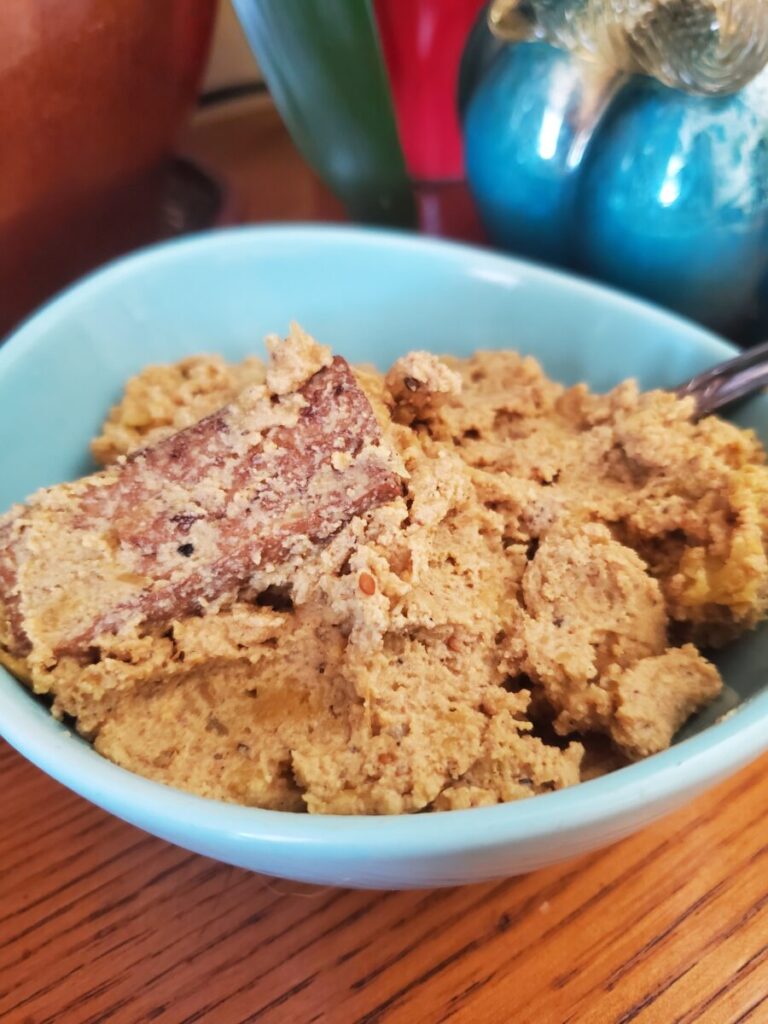

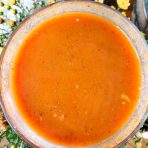
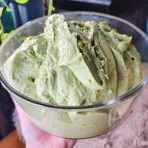

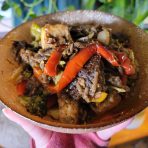

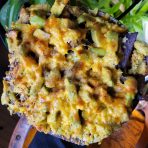

Leave a Reply